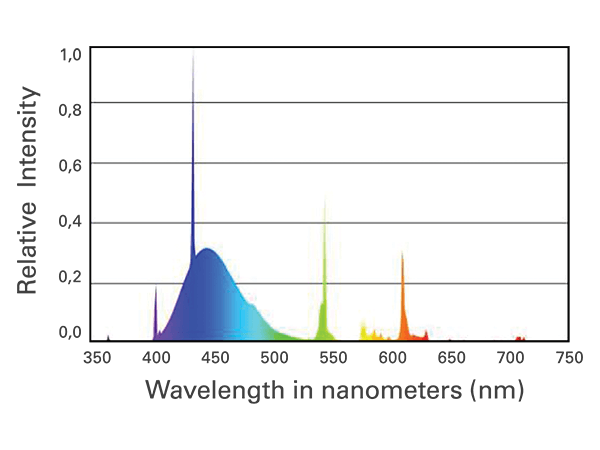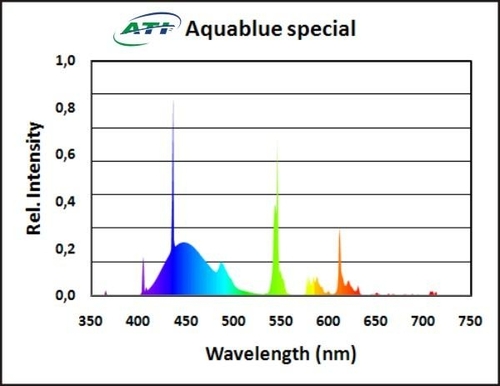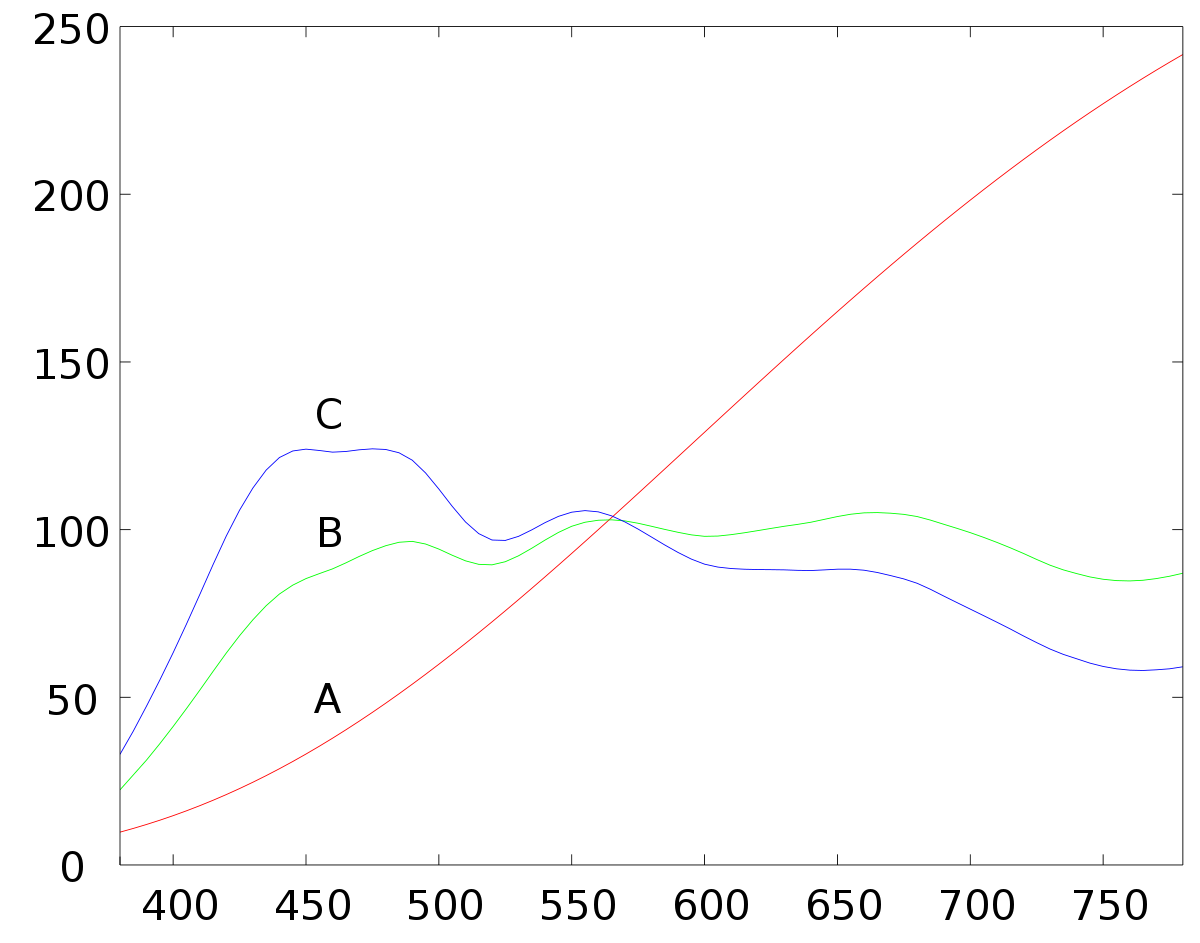- Joined
- Sep 18, 2017
- Messages
- 5,594
- Reaction score
- 3,444
Fair enough .Blue Plus is not full spectrum. You do know that right? Coral plus or aquablue special are closer to gull spectrum.
Coral plus. Not even close to full spectrum daylight. Seems to be missing HUGE chunks of " colors".
These are from ati btw.

Since most people don' t like the looks of the b+ sure add some color..
Though in multi bulb array it seems b+ dominates.
























